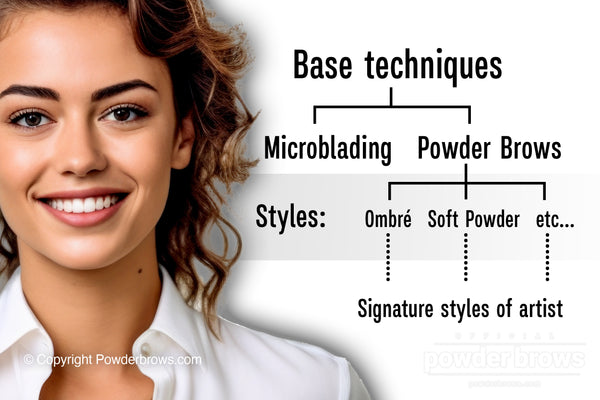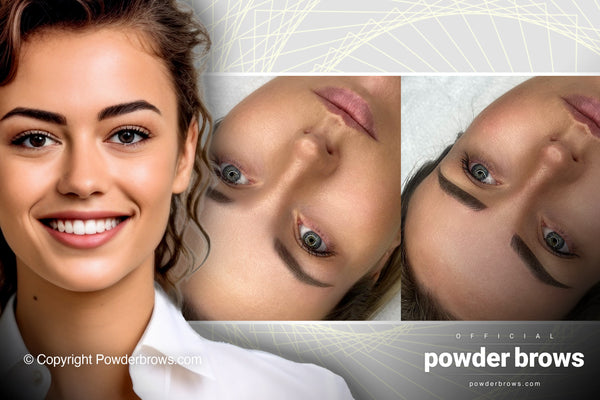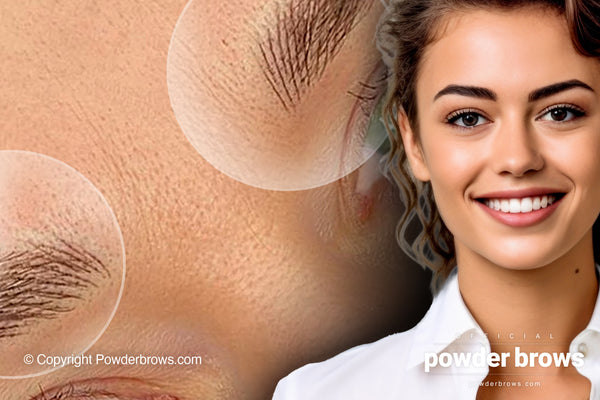6. Practical Guide to Creating Hairstrokes
Select Organic Pigment
Many experienced artists recommend using organic pigment for hairstrokes to minimize the risk of blurring and achieve better results. It's particularly crucial for those with less experience to opt for mineral pigments. Some artists use organic pigment for hairstrokes even if the rest of the brow is done with inorganic or hybrid pigment. The consensus is that if you're considering anything other than mineral pigment, especially hybrid ones, it's essential to test them on regular skin first to observe the healing stages. In other words, don't rely solely on what the label says; mineral pigment is often the safer choice.
Choose the Right Needle Size
Beginner artists often assume that ultra-thin needles like 0.18 or 0.20 are ideal for creating hairstrokes. However, real-world experience suggests otherwise. Many seasoned artists prefer a 1RL needle with a thickness of 0.25. This size is thin enough to produce clean lines but not so thin that the lines fade away during the healing process or the lifespan of the combined brows.
Do Hairstrokes Before Powdering
Creating hairstrokes before applying powdering to that section of the brow is crucial. While some artists suggest doing it afterward, this approach often carries greater risks and may result in suboptimal healing. Once you've mapped out the brow outlines, focus on adding the lines to the brow heads before moving on to powdering.
Avoid Overcrowding the Pattern
A common mistake among beginners is making the pattern too tight when drawing hairstrokes. This can cause the lines to heal blurry and undefined. Seasoned artists unanimously advise adding any extra lines during the retouch session 6-8 weeks after the initial procedure. This allows time to see how the pigment settles in the skin.
No Need for a Mirror Image
While some trainers advocate for patterns that mirror each other exactly, experienced artists generally don't follow this rule. Many mentioned that they used to do it earlier in their careers but have since shifted their approach. They now focus on understanding the natural differences in hair growth between the two brows. The saying goes, "Brows are like fingerprints"—each pair is unique to the individual, and even between a pair, small differences exist. This holds true not just for hair growth patterns but also for characteristics like orientation and ridge count. Therefore, aim for similar patterns with slight variations to achieve the most natural results.
Consider the Extra Intensity from Powdering
A common oversight, even among seasoned artists, is not accounting for the additional intensity of powdering over hairstrokes. Applying powder on top of the hairstrokes adds extra pigment to the strokes, making them darker and more intense than initially intended. The recommended approach is to start with hairstrokes that are one shade lighter than your final target. After applying a light layer of powder, you can assess whether the strokes need further darkening. Often, they don't require any more intensity, and starting with the "correct" shade from the beginning would result in strokes that are too dark and could even spread.






